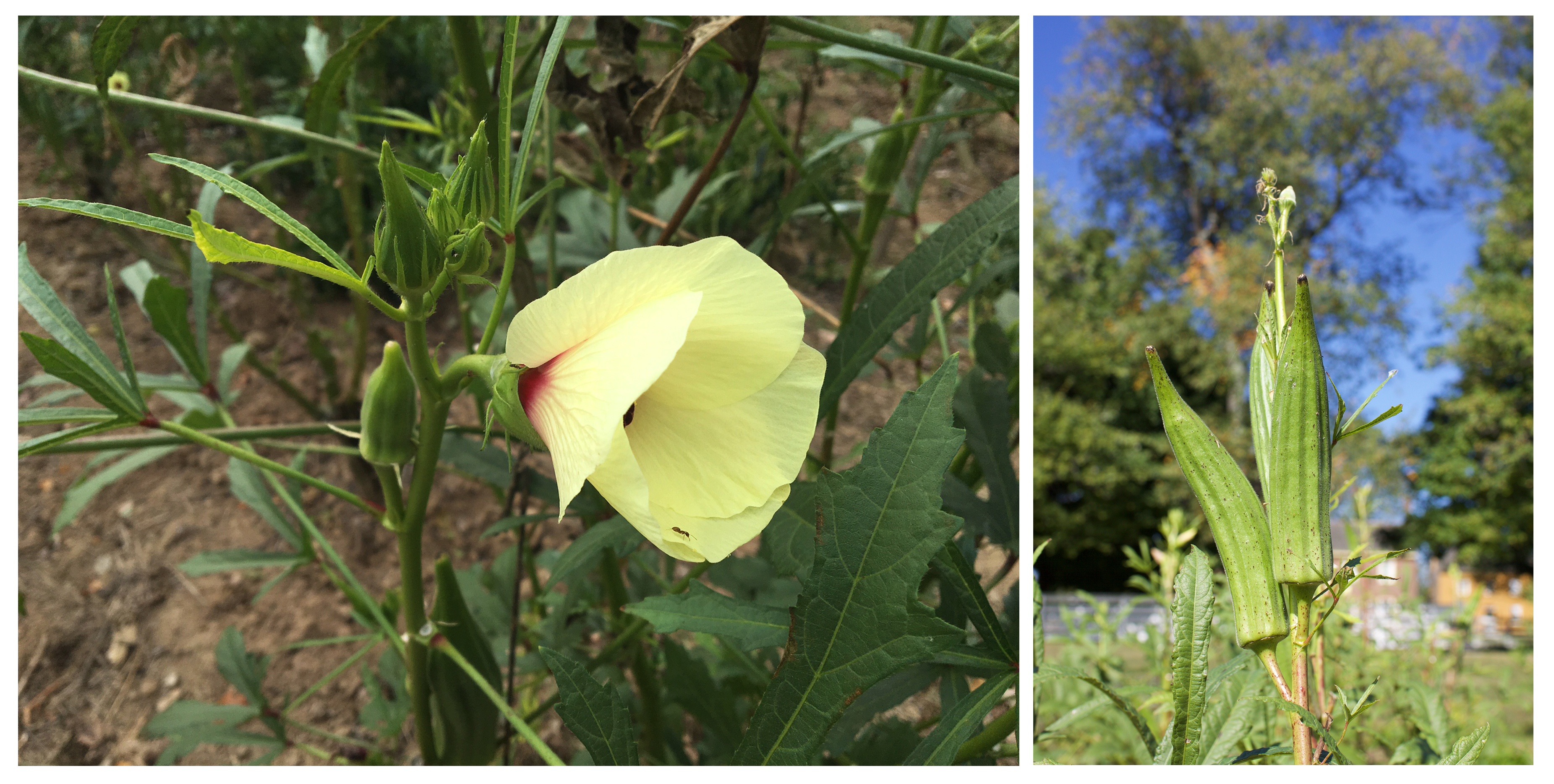
As winters sits behind us (thank goodness!) and spring begins to show its face, it’s time to start thinking about the garden. Each year, as the weather tries to make up its mind, we are given plenty of opportunities to start the planning process for the garden. Here are some tips we consider each year at this time that you can put to use in your own garden:
- Start with the basics. Deciding what to grow is always the easiest place to begin. Consider what is most important to your diet and needs. Don’t forget to include your neighbors because each year a garden usually produces more than one family can handle. Gardening allows us to connect to our community through the food we grow.
- Prep the soil. As we’ve seen this year, these late winter months usually bring iffy weather, so watch for the dry days and get that soil tilled and ready for those seedlings to be tucked in!
- Mulch, mulch, mulch! You’d be surprised how far a little mulch will go to protect your plants, especially in an uncertain temperature fluctuation (we call that Kentucky). This doesn’t have to be anything fancy. As a matter of fact, most resources needed for your garden are usually readily available in your own yard. We use leaf mulch. It adds a blanket to our soil, helping insulate and protect sprouts as they reach up from the dirt toward the sun. Not to mention, it’s free!
- Get things in early. Just because we are still shivering, doesn’t mean our plants are. A lot of the things we grow are adapted to these uncertain cold snaps. For instance, peas and carrots should always be planted as soon as the ground can be worked. They can handle more than you’d think.

Cole crops, or brassicas, such as cabbage, kales, broccoli and collards are extremely cold hearty, but why wait for sprouts in the garden when you could have them growing in your window waiting for warmer days? (They have to be coming soon, right?) Seed the rest—not all things like to be transplanted. Crops like lettuces, beets, radishes and turnips would all rather be directly seeded into our gardens. And don’t worry, they too are more cold hearty than given credit.

The view of The Trustees’ Table standing in the garden area. Music on the Lawn starts in May!
If gardening isn’t your thing, no worries—it’s ours and we invite you to come visit! Each year, we produce a high diversity of vegetables for The Trustees’ Table, where you’re served a seasonal and sustainable selection of vegetables from our farm to your fork. Visit The Farm any day of the week to see what’s sprouting (and even take a little taste), during our Spring Farm Tasting program where visitors sample seasonal selections from the greenhouse and garden, including our fresh herbs. Glean from the first flavors of spring while uncovering the Shaker practice of spiritual cultivation through preparing the fields for planting. Stop by and talk to us while you’re here. We’d love to hear about your own gardening practices. Then, make a reservation at The Trustees’ Table to see what our chef has created from our bounty.
Happy Plantings!
Mike Moore, Assistant Farm Manager
